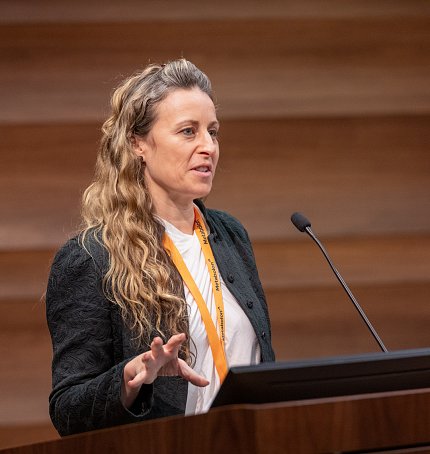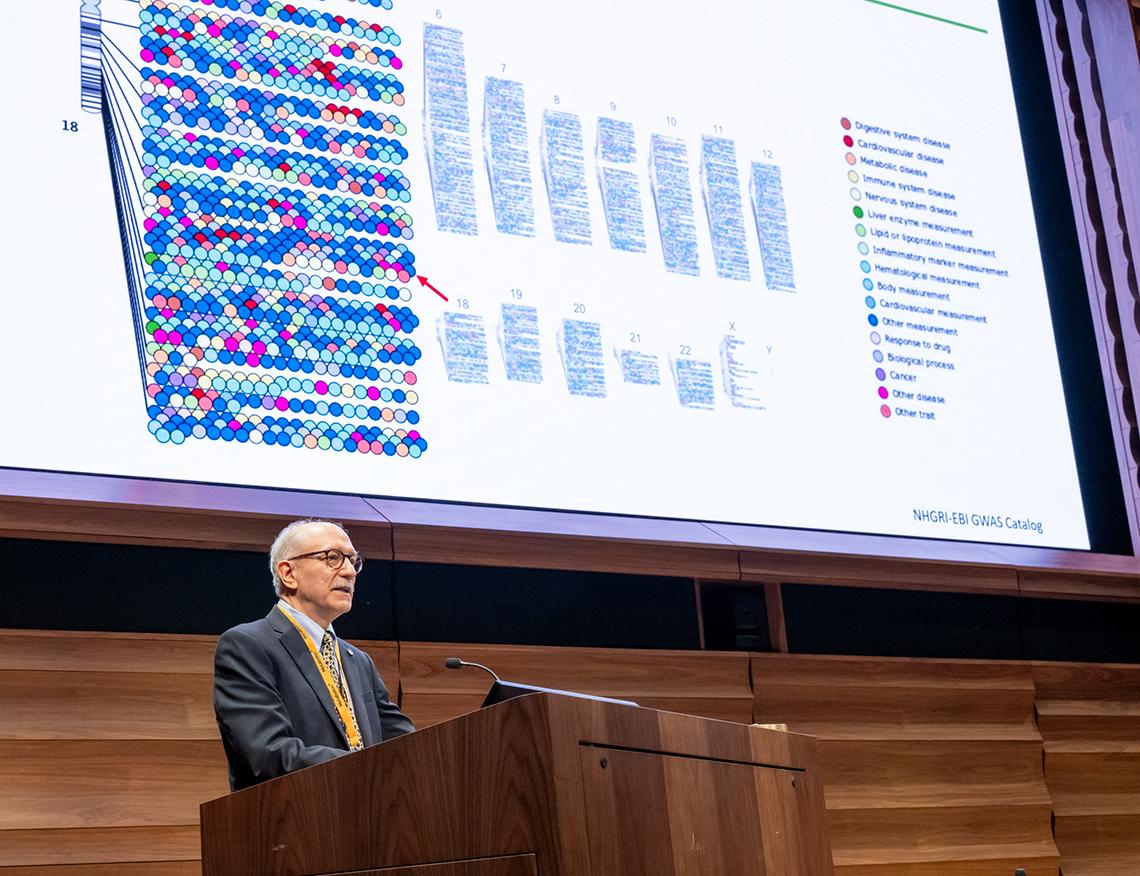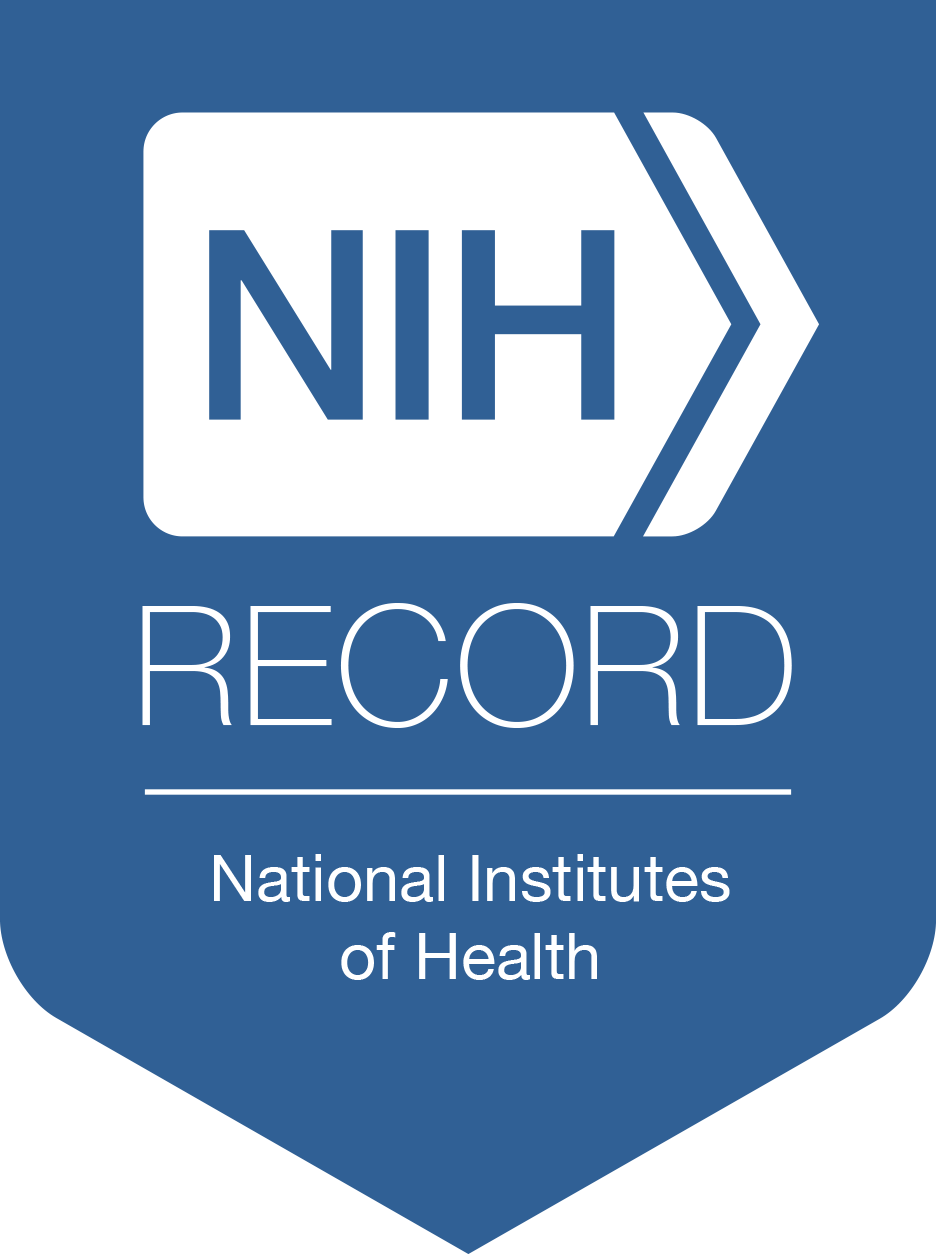NIH Helps Launch First Global Initiative on the Exposome

Photo: Chris Myers Photography
Global leaders in science, medicine and business as well as NIH leaders launched an unprecedented initiative to share knowledge and resources for quantifying how our environments influence health. The global initiative builds on momentum to comprehensively and systematically measure the exposome—the integrated compilation of all physical, chemical, biological, and psychosocial influences that impact biology throughout one’s life course.
Hundreds of people from the public and private sectors representing 30 countries recently gathered in Washington and online to create a research framework that bridges emerging technologies, big data and artificial intelligence with ethical considerations toward better understanding environmental health risks and developing new tools for disease prevention, diagnostics and treatment.
“Our health is not determined by biology alone; it is shaped by our environment every day across a lifetime,” said Dr. Nicole Kleinstreuer, acting NIH deputy director for Program Coordination, Planning and Strategic Initiatives.
Over the past decade, many different labs and research groups have begun working on exposomics, but these forum participants gathered toward establishing the first coordinated global effort. Thanks to a convergence of technical advances, scientists can now determine how the environment and genes interact to affect a person’s unique biology and health. Newer technologies, including mass spectrometry and nanotechnology, allow scientists to measure hundreds of chemicals in a simple blood, tissue or tumor sample.
“If we want to influence human health, we have to develop a bold vision and think creatively about how we can work together to study the complex interplay of different environmental exposures,” said Dr. Rick Woychik, director, NIH’s National Institute of Environmental Health Sciences (NIEHS), during his keynote address.

Photo: Chris Myers Photography
Nearly 25 years ago, the completion of the first draft of the Human Genome Project helped scientists move beyond studying a single gene’s effects to understanding how all genes together shape health. Developing the technology to sequence the entire genome included a $3.8 billion investment from the U.S. government. The return on that investment: $800 billion in economic activity from 1988-2010.
To that end, experts now say it’s time to move beyond measuring one environmental exposure at a time to determining the health effects of the many exposures people encounter every day.
The exposome project reaches across many scientific disciplines—chemistry, biology, epidemiology, toxicology, public health, clinical research, patient care, data science, artificial intelligence (AI), policy, ethics, law and social science.
“The NIH Real World Data Platform is one way we can turn these ideas into real actionable science,” said Kleinstreuer. “It means expanding how we think about exposome assessment, harmonizing diverse data streams from environmental monitoring to wearable sensors, biospecimens, geospatial tools, social data, and doing so in a way that is scalable, secure and standardized.”
Studies show the environment may be a major contributor to chronic conditions, such as type 2 diabetes, obesity and heart disease.
The ability to link exposures — whether external like air pollution or internal like stress — to changes in a person’s biology can be used to understand risk factors and improve health at the individual and population level. Prevention may be paramount, but exposome data also can be used to halt disease progression and improve treatment.
